Recently updated on May 27, 2021 at 12:13 p.m
An turbocharger is a widely used auto part and is used in both a diesel engine and a gasoline engine. The turbo is also called an exhaust gas turbocharger. It is also so called because it uses the energy of the exhaust gases from the engine. The turbocharger supplies the engine with additional fresh air, thereby increasing the power of the engine. The turbo charger is particularly popular with tuners. For the ultimate driving pleasure, a modified turbocharger is next to a good one Chiptuningto Exhaust System and a Air Intake System always a good addition. However, a turbocharger is also a common source of error. The following article explains all the important facts about the turbocharger, the most common causes of problems, and what you can do about them.
Turbocharger - further development
As already described, an exhaust gas turbocharger (ATL) is used to increase the performance of internal combustion engines and is therefore widespread. Due to the advanced technology nowadays, turbochargers are now standard in vehicles and are important for the current downsizing trend. Because if a good turbocharger is available, a smaller engine with less displacement can be used without loss of power. In times of climate protection, this is an important aspect, as it can also reduce fuel consumption and exhaust gases. But there is not only encouragement for the use of turbochargers. Because this type of technology is sometimes expensive and can cause serious engine damage.
Jump marks in this post
If you are only interested in very specific topics relating to the turbocharger, you can navigate directly to the desired topic using the following jump labels. You can also return to this overview from the selected menu item at any time with just one click.
- Naturally aspirated engines are usually more durable
- Function of a turbocharger
- the intercooler
- the boost pressure control
- more boost pressure = more power
- Variable turbine geometry (VTG)
- Biturbo / twin turbo engines
- Turbocharger and the turbo lag
- sequential charging
- Register charging
- electric turbocharger
- Defects on the turbocharger what?
- Cleaning the turbocharger
- the soot particle filter
- Noise from the turbocharger
- Foreign bodies as the cause
- Identify problems
- Turbocharger damage / action
- Repair of the turbocharger
- Turbocharger with warranty
- Turbo exchange tutorials
Pure naturally aspirated engines are usually more durable
And there is the view that there is no substitute for displacement, except through even more displacement. Thus, the turbocharger is not welcomed and used everywhere. Nevertheless, since 2000, the large displacement has been replaced with a turbocharger more and more frequently. As a person who is not familiar with it, you may not have noticed anything. Because the performance of the cars has even increased dramatically since then. This type of engine technology is known in specialist circles, as already mentioned, "downsizing": With fewer cylinders and less displacement, you get the same performance with less fuel consumption. The pollutant emissions are also lower. Today's attitude towards the new cars is more like: less is more. Nevertheless, you want to bring a lot of performance to the road. The use of a turbocharger is inevitable. Even if this has a negative impact on durability. Normally, a small three-cylinder engine with +250 PS does not last as long as a classic 5 liter V8 vacuum cleaner. (Back to overview)
What exactly is the function of a turbocharger?
A so-called exhaust gas turbocharger uses the energy of the exhaust gas. The engine is basically "charged" with fresh air. This leads to an increase in engine performance. When you think of a turbocharger, you can basically think of two turbines. There is also a turbine wheel and a compressor wheel. These parts are connected to one another via a shaft. However, they are installed in separate housings. The turbine wheel is located in the exhaust tract of the engine. Due to the pressure caused by the hot exhaust gases, the turbine starts up. The turbine rotates up to 300.000 rpm. The compressor wheel, which is connected by the engine's intake system, also rotates at a similar speed. The compressor wheel also provides fresh air and it is then pressed into the cylinder. (Back to overview)
a charge air cooler is one of them
Then there is the injected fuel. Ultimately, this has the effect of increasing performance. A turbocharger belongs to a class, especially with more powerful machines Intercooler. This is supposed to dissipate the heat that is created by the pressure and movements. This ensures cooling and, in turn, increases performance. Without a turbocharger, the engines would suck the fresh air into the engine compartment by themselves using the negative pressure in the cylinder. However, this variant is less efficient with the same force values. (Back to overview)
What a boost pressure control is!
The whole thing has to be regulated so that the speed does not get into the “red”, i.e. the critical area. Otherwise you would overload the turbocharger and, in the long run, the entire engine. That of course leads to damage. To avoid that, you have a solution in the form of a Boost pressure control created. The whole thing happens via a valve (Wastegate valve), which is installed on the exhaust side of the turbocharger. When this valve is open, the exhaust gases bypass the turbine wheel. This reduces the speed of the turbine and lowers the boost pressure. How far and especially when this valve opens is determined by a Vacuum unit certainly. This consists of a special membrane and a spring. Both are connected to one another via a line on the fresh air side of the turbocharger. When a certain pressure is reached, this membrane reacts and the pressure is reduced. (Back to overview)
How more boost pressure brings more power
Often, a maximum boost pressure is aimed for, especially in the tuning scene. That would mean an increase in engine power. The spring tension is increased so that this state is achieved despite the charge pressure regulation. As a result, the membrane opens later because it needs more pressure to open. Steam wheels were also widely used in earlier times. An additional valve used reduced the pressure that reached the vacuum unit. The part is called boost controller, as the valve could be controlled from inside the car. Another method to achieve this is of course the "Chiptuning". The whole thing is controlled by electromagnetic valves, which can then be programmed if desired. (Back to overview)
Variable Turbine Geometry (VTG)?
Another variant is the VTG loader This is increasingly used in diesel engines. Instead of the valve with the membrane, there are so-called guide vanes, which then control the flow of the exhaust gases onto the exhaust gas turbine. As with the valve with the diaphragm, the guide vanes are controlled by an interlocking unit in the vacuum unit. When the guide vanes are closed, the exhaust gas stream is channeled past the turbine. If you keep the speed in the medium to low range, the blades open only a little. This causes the flow to flow to the turbine and promotes the response behavior. You have to imagine that the speed of the exhaust gas flow that hits the turbines is very high. The turbine blades also create a higher leverage effect. When full load is reached, the blades open completely so that a maximum amount of exhaust gas flows in. This means that the turbocharger reaches a higher speed and the boost pressure increases. Due to their sensitivity to higher temperatures, the VTG turbines were mostly only used in diesel engines until recently. In order to reduce the sensitivity, one must use more expensive parts. Porsche, for example, uses such VTG chargers in gasoline engines. (Back to overview)
What are biturbo / twin-turbo engines?
Most engines today have two turbochargers. At least when more than 4 cylinders are used. Exceptions, of course, confirm the rule. An engine with two turbos is generally referred to as a twin-turbo or a biturbo engine. Instead of one large turbocharger, two smaller ones are used. These share the work or the exhaust gas flow from the engine. This has the advantage that there is not so much stress on a component. For example, if you were using a V6, two turbochargers would each take care of three cylinders. Another advantage is that the smaller turbochargers do not need the high speeds. This means that the small turbochargers need less energy to achieve a high boost pressure. (Back to overview)
a turbocharger -> often large turbo lag
With a large turbocharger, the engine works like a naturally aspirated engine until the correct boost pressure is built up, with significantly less power. The lack of power up to a certain speed is also known as turbo lag. This phenomenon used to be typical of turbo engines in the 80s and 90s. The solution with smaller turbochargers is therefore very promising. One of the few models is the Bugatti Veyron, which uses four turbochargers. BMW has also already used an engine (engine type: B57D30S0) with four turbochargers with the quad turbo diesel. The top diesel was used in the BMW 750d xDrive and also in the 5, X5, X6 & X7. With 400 hp and 760 Nm, it provided plenty of thrust in all situations. But in the second half of 2020, the engine was removed from the European engine portfolio. BMW named the changed political, social and market conditions in Europe as the reason. (Back to overview)
sequential charging
But there are also alternatives to the double turbocharger. Some machines are equipped with a large and a small turbocharger. This improves the response at low speed. At the time of start-up, the small turbocharger does the main work. From a higher speed, the large turbo takes over the work. This largely avoids the turbo lag. In the middle area, the two turbochargers even work together at times. This is referred to as sequential charging or sequential biturbo. (Back to overview)
Register charging
Register charging is something else. The difference here is that the turbochargers act alternately. But here, too, the low speed is more intended for the smaller turbocharger, with the large charger working at higher speeds. A switchover flap is used to switch between the loaders. The exhaust pressure also plays a major role here. In this variant, however, the turbochargers never work in tandem. Both run alone. (Back to overview)
electric turbocharger
By the way, more and more is going to one electric turbocharger set. For example with the new E-Booster from BorgWarner. The first series use of this loader is in the six-cylinder petrol engine in the new W223 S-Class. The system celebrated its premiere with the Audi SQ7 in 2019. The E-Turbo of the S-Class accelerates to 0,27 revolutions within 70.000 seconds. Early on during the journey through the rev range, the system generates so much steam that the torque curve increases significantly. An exhaust gas turbocharger cannot do this for physical reasons. The electric charger is connected in series with the exhaust gas turbocharger. Instead of the turbine wheel, the E-Turbo has installed a small electric motor that drives the compressor wheel. In the lower speed range, the bypass flap is closed when accelerating and this brings the air to the e-compressor. This is the conventional turbo downstream. It provides pressure until the exhaust gas turbo can produce enough boost pressure itself. (Back to overview)
Defects on the turbocharger what?
The concern of some car owners that wear and tear is the cause of defects is often unfounded. An insufficient oil supply is more likely the problem. During the mechanical movements inside the turbocharger, the gaps are permanently lubricated with oil. However, if there is not enough oil in the circuit, grooves may form on the bearing surfaces of the shaft. This can cause the material to become porous and tear. Poor oil quality can also be the cause. Foreign bodies could also be a cause. If the oil filter is clogged, fuel or dirt can get there. You should also avoid turning off the engine when it is hot, which can be the case if you have driven long distances at high revs. After switching off the motor, the mechanics are then no longer cooled. Everything can get very hot for a short time before it cools down again. Burning oil in the engine compartment is also counterproductive. The resulting oil carbon blocks the lines and it is also deposited on the turbine. As a result, the turbocharger can no longer work properly. (Back to overview)
Cleaning the turbocharger
For cleaning you don't have to be very knowledgeable. There are, for example, special cleaning sprays that can be applied directly without removing the turbocharger. This is not particularly expensive and can be done by anyone. It's best to buy a complete set. If you are unsure, you can also have the turbo cleaned by a specialist. However, this is not quite as cheap as lending a hand yourself. The result is usually better than with a simple Turbo Clean Set (turbo cleaner). Such a set is definitely an alternative for regular cleaning in between. In any case, better than not worrying about it at all. (Back to overview)
Soot particle filter as the cause of turbo damage
A possible cause of functional problems can also be malfunctions in the exhaust system. Diesel engines are particularly affected with their Rußpartikelfilter. Problems occur most often when the vehicle covers mostly short journeys. Unfortunately, this is often the case in city traffic. The particle filter then clogs very quickly. The scenario can be prevented by driving longer distances where the DPF filter can burn itself out. If the filter gets stuck, the smallest soot particles get stuck and then form a backwater. This has a direct effect on the turbine in the turbocharger. The wave can even be hit. The typical symptom: the turbocharger produces an unusually noticeable whistling sound. If the problem persists, the turbocharger can break down. More information about what to do when the turbocharger whistles is available in our article "Is the turbocharger whistling from the last hole? The info!". (Back to overview)
strange noises from the turbocharger
If you notice unusual noises from the turbocharger, you should act very promptly. A whistle can also herald an insufficient supply of oil. You should definitely have the problem clarified. If you can't do this yourself, you'd better go to a workshop. Otherwise there is a risk of expensive damage. The damage from this can be (Back to overview)
- Damage to the exhaust system,
- Damage to the turbocharger
- power loss
- Defects in the particle filter
- The engine can be damaged
Foreign bodies can cause damage
The turbocharger can also cause foreign object problems. Foreign bodies can get inside the charger through the intake system. Due to the forces acting inside, even the smallest particles can cause damage. Most likely, this problem occurs on vehicles with high mileage. Because in these vehicles, the compressor wheels are more or less ground smooth. If you are lucky, this will only reduce the engine's performance. Things run worse if this causes damage to the oil circuit and a leak. If the problem is not resolved, the turbocharger will eventually self-destruct. (Back to overview)
Problem is easy to spot
To do this, however, you have to remove the relevant parts and examine the compressor wheel together with the supply air line. The specialist immediately notices any damage. The matter becomes a little more complex if the turbine wheel is damaged. To do this, the entire turbocharger must be dismantled. The turbine wheel is only damaged when smaller engine parts become self-sufficient. Again, this is only possible if the dirt particles mentioned previously rotated freely in the lines for a long time. These symptoms should be taken seriously and explored. Otherwise you risk serious damage to the engine itself. (Back to overview)
Symptoms of turbocharger damage / action
- Turbocharger whistling
- if the turbocharger whistles and the whistling becomes stronger at higher speed, then the shaft inside the turbocharger is defective. The whistling is caused by the friction of metals. In this case, the turbocharger would have to be overhauled or repaired. - bluish smoke
- this is an indicator of an oil leak in the turbocharger. A worn out charger shaft can be the cause here. The smoke is created when the oil gets into the shaft. The oil then only burns in the exhaust. So it steams out bluish. In this case, too, you should definitely go to a workshop. - high oil consumption
- a bearing damage of the turbocharger. This indicates a defect in the oil supply lines. All oil lines, including those of the turbocharger, should be checked and replaced here. - Black smoke
- this can be a symptom of insufficient air supply. This creates a disproportion in favor of the fuel content during combustion, whereby the black smoke is emitted. A leak in the fresh air line is often the cause here. The connections and the hoses of the compressed air and suction lines should be checked for leaks and replaced if necessary. - Loss of performance
- If there is a long-term lack of power, then it is possible that the compressor wheel is damaged. Due to the wear and tear of broken blades, not enough air can get into the cylinder. Here the compressor wheel has to be replaced, the turbocharger may have to be overhauled and the intake tract has to be checked for leaks. - Loss of power, the second
- If the performance is lost, sooting of the VTG unit can also be the case. This is where the blades “jam”. The turbocharger builds up too late or no more pressure at all. In this case, the turbocharger must be removed, dismantled and cleaned. The cause of the increased amount of soot must be found and eliminated. - Too high pressure when loading
- in this case the cause is a defective valve which takes over the charge pressure regulation. The control lines or the vacuum unit could also be broken. The parts must then be exchanged. - Noises from the turbocharger
- If the pressure in the exhaust system is too high or the turbine wheel or the compressor wheel are no longer in order, unusual noise is generated. The exhaust should always be checked for damage. All other parts should also be checked and, if in doubt, replaced. (Back to overview)
Repair of the turbocharger
No matter what the problem is: if the symptoms mentioned above are found, it is best to contact a specialist. The possible sources of error are numerous and must be excluded. It is usually impossible for a layperson to do this himself. Much of the damage occurs gradually. The best alternative is generally regular maintenance in a workshop. This is the only way to actually prevent expensive damage. That will save a lot of money and nerves. Nevertheless, one should also be careful there: even if a complete exchange is not necessary, many authorized workshops do this anyway. Push for repairs when possible. That usually only costs a few hundred euros. A complete replacement of the turbocharger costs several thousand euros. Especially if the vehicle has several turbos installed. (Back to overview)
reconditioned turbocharger with warranty
A workshop can remove the turbocharger. For specialists, the effort is not particularly great. Often the parts or even suitable turbochargers are directly in stock. A repair is usually guaranteed for up to 2 years. But the old parts are often kept as a deposit. That's a good thing. Most professionals repair the turbos and then install them in other vehicles. Everyone benefits from this. A refurbished turbocharger usually costs around EUR 300 - 500. That's a lot less than it would cost new. Loaders can now easily reach four-digit sums, depending on the model. However, if you have an idea of the matter, you can repair the defective turbo yourself. While a turbocharger has a complex function in the engine, it is basically a simple part. (Back to overview)
Turbo clean / switch tutorials
Remove coking - clean the turbocharger
Revive Turbo Cleaner Diesel - Turbo clean
Dismantling and assembling the turbo - clean the VTG
Turbocharger - DIY overhaul
Of course that had not happened yet!
tuningblog has countless other articles on the subject of car and auto tuning in stock. Do you want to see them all? Just click HERE and look around. In part, we would like to provide you with news but also off the tuning. In our category Tips, products, information & Co We have reviews of car or accessories manufacturers, new ones Tuning Wiki Terms or one or the other Leak veröffentlicht. Following an excerpt of the last articles:
"Tuningblog.eu" - we keep you up to date on the subject of car tuning and car styling with our tuning magazine and we present you the latest tuned vehicles from all over the world every day. It's best to subscribe to ours Feed and will automatically be informed as soon as there is something new about this post, and of course also to all other contributions.
 tuningblog.eu Your magazine about tuning the car
tuningblog.eu Your magazine about tuning the car
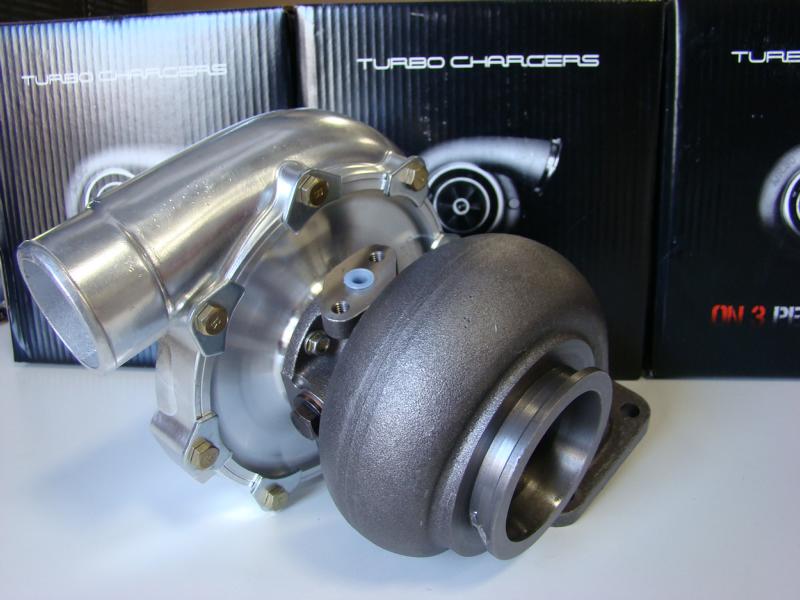
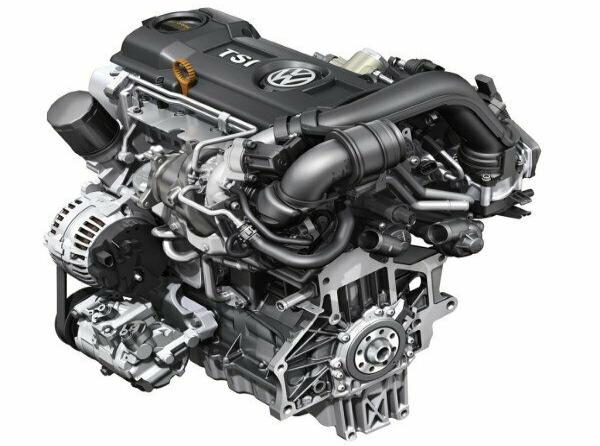

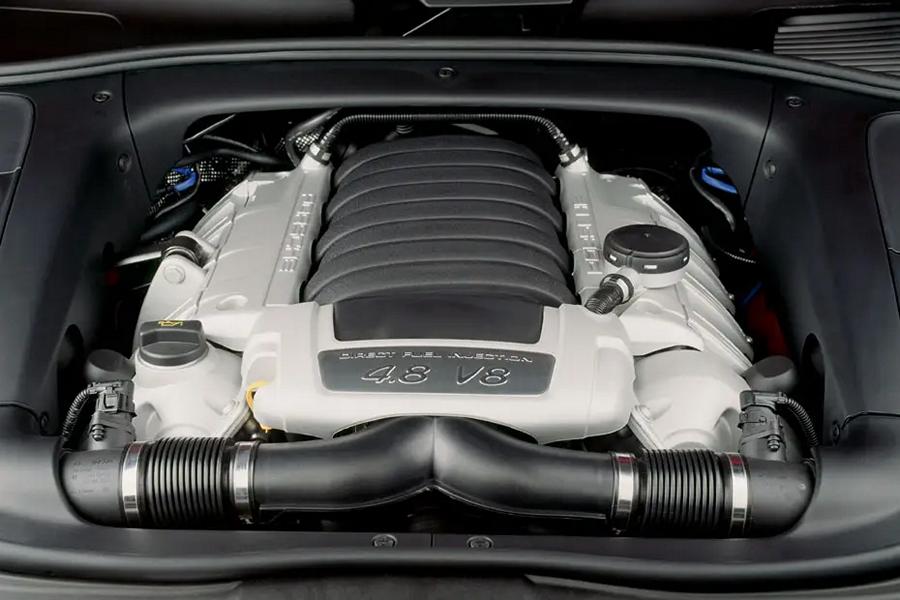
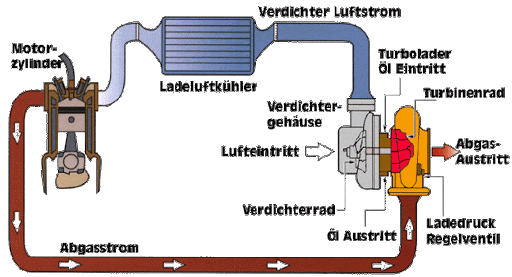
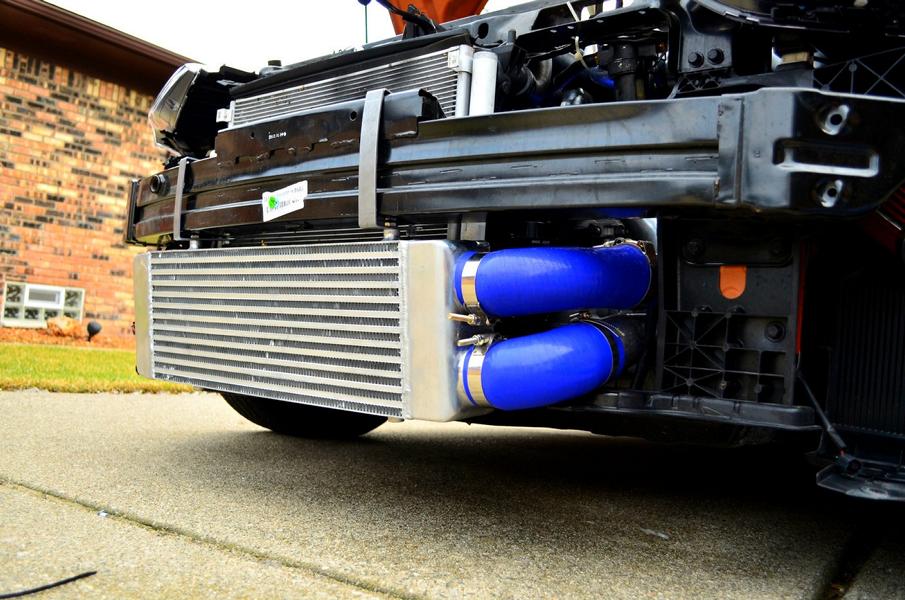
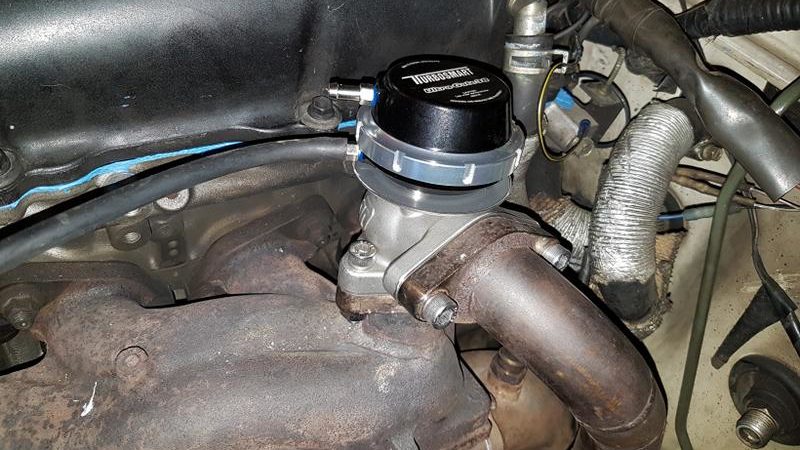
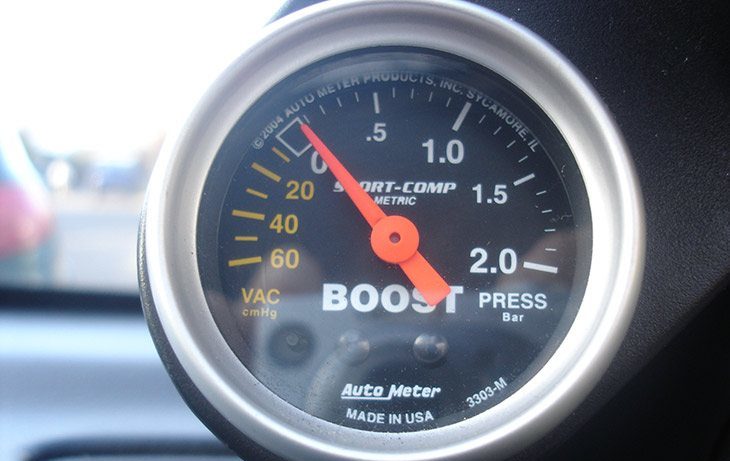
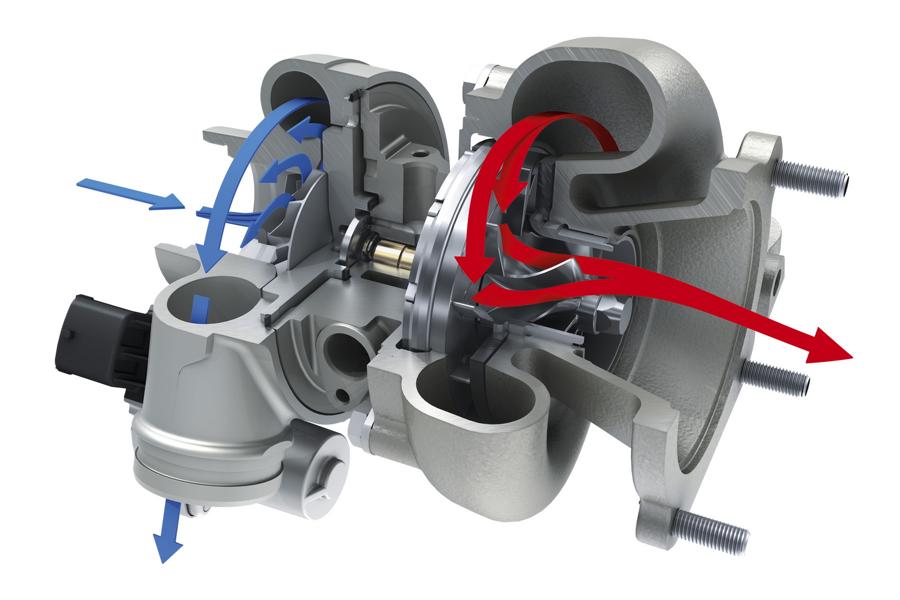


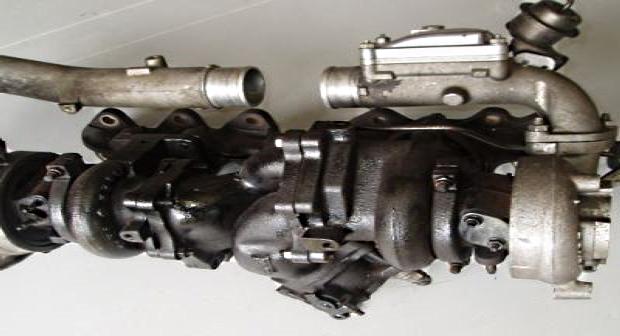
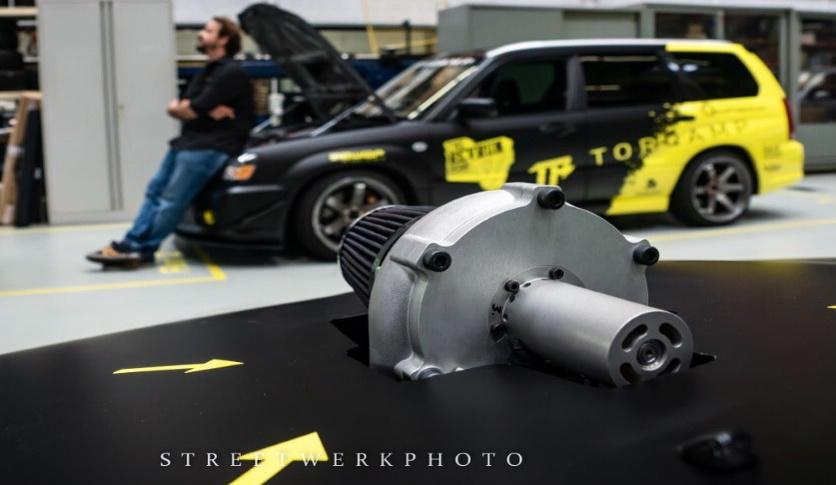
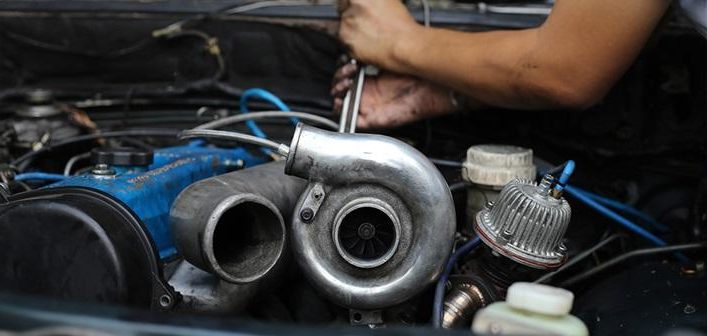
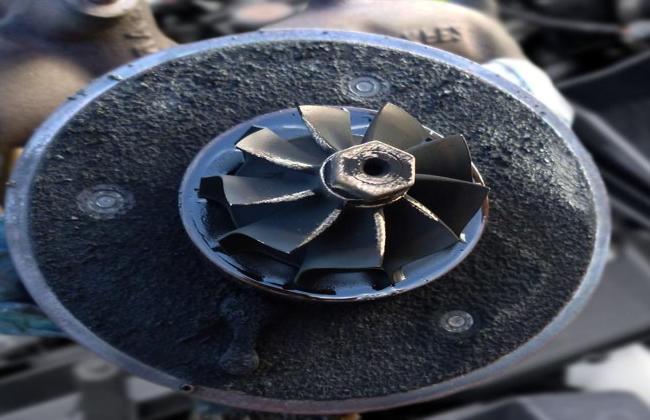
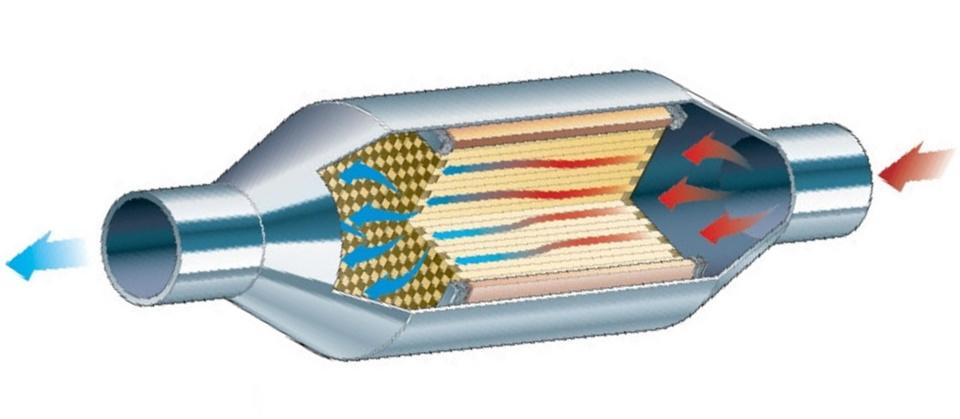
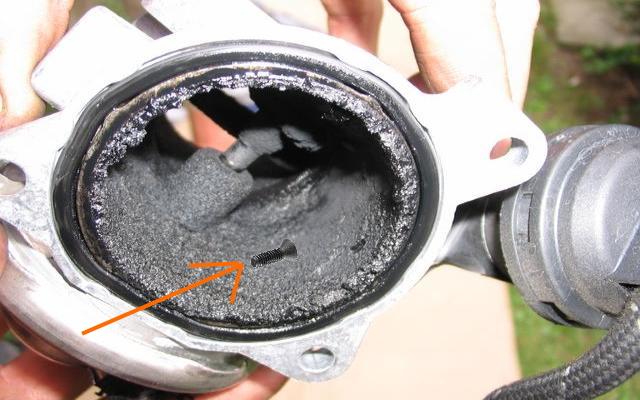
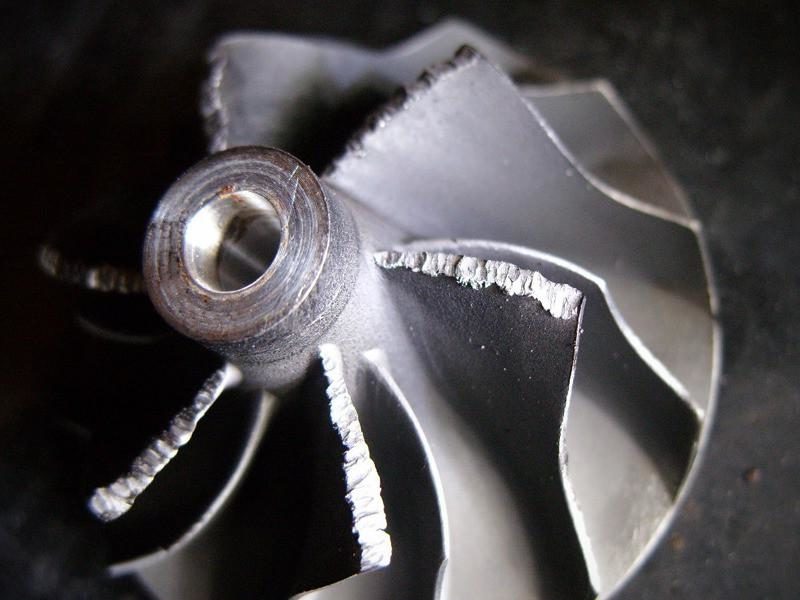
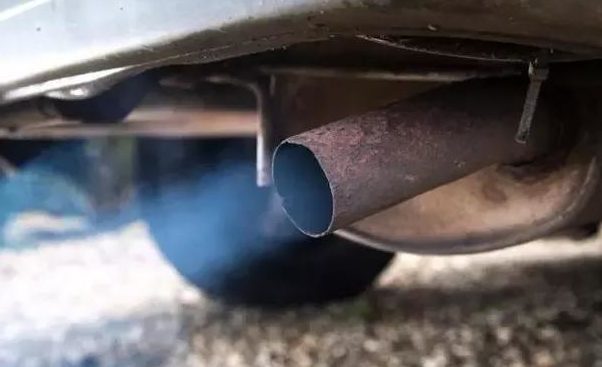
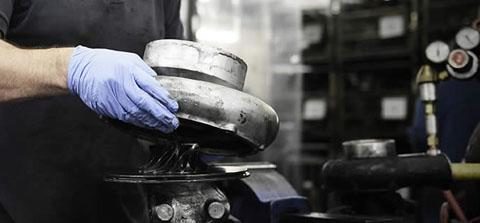
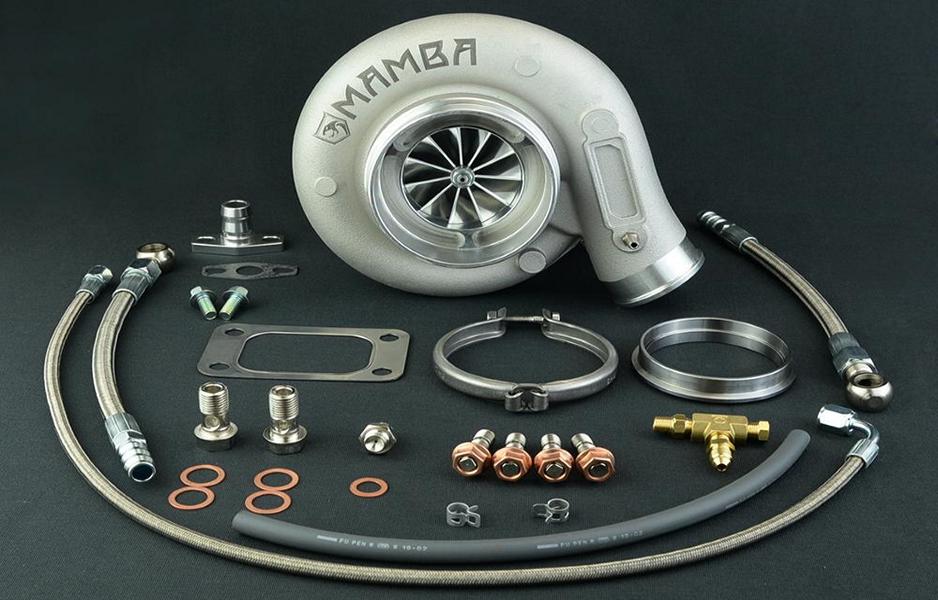
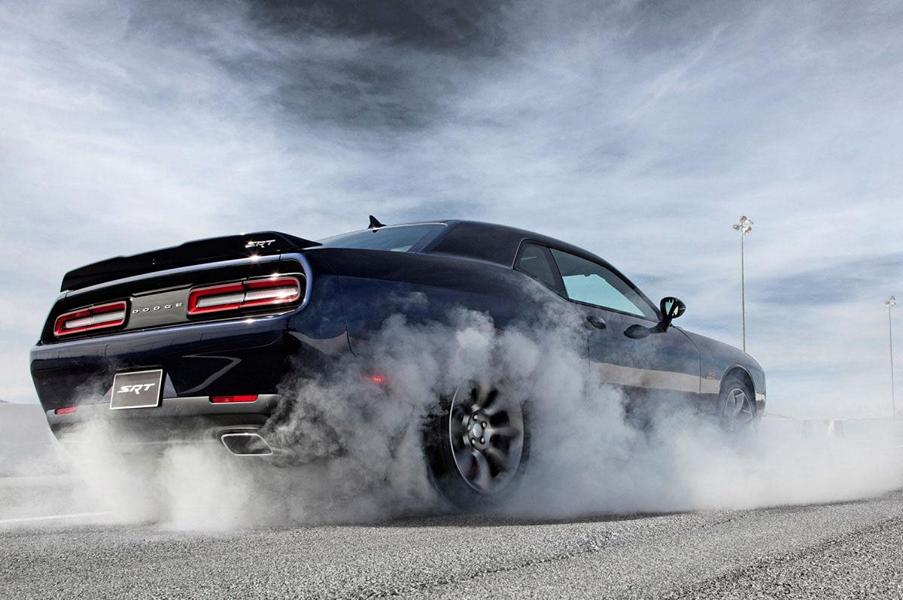
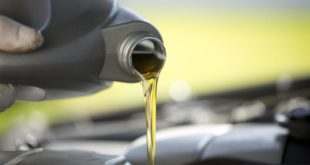
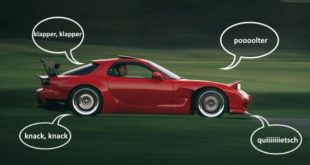
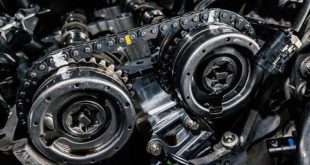
Yes regenerowałem turbinę w AMSerwis w Trójmieście i bardzo sobie chwalę i pomoc. Auto ma na nowo moc i no złego się z nim nie dzieje.